Gold, silver and lead were mined in the area. More than 25 mines and a number of foundries were established by 1785. Silver mining became the main driver of not only the economy of New Spain, but vastly enriched Spain, and transformed the global economy. For all the interesting details of Spain’s conquests beginning with Herman Cortes, check out Wikipedia’s New Spain article.
San Sebastian was formally established as a city in 1812. At one time a provincial capital and mining boom town of 30,000 people, you will find it strangely deserted with only about 900 people living there now.
I decided to leave the heat of PV behind for a day to visit San Sebastian and check out this historical mining town for myself. One option was to take a bus to La Estancia and hitchhike the last five miles. I learned of a La Cruz local taking small groups up the mountain in her Hiace Toyota van, a four cylinder Mexico model that had the look and feel of VW vans. A long-time La Cruz resident and USA expat, April (under the call sign Wave House) has several tours she promotes to cruisers over the morning radio net. It turned out to be a good choice as she has a wealth of knowledge about the area and was a great guide.
After picking up the group next to PV Sailing (a local sail loft), only two blocks from where I was staying, she drove us towards the mountains, through Las Palmas and reached La Estancia after about an hour. The final miles were over dirt and cobblestone roads flanked by trees and white houses with red trim. The first order of business after we arrived was lunch at the La Lupita's restaurant to have lunch. We developed a hunger after hiking the trail to the St. Gertrude mine. The air was cooler here at 4,500 feet.
After lunch we explored this sleepy town for an hour-and-a-half starting with the main plaza which had a gazebo stage as many plazas do. There were several eateries in addition to Lupita’s only a few lodging facilities. April recommended Hotel El Puente ($18/night) for its basic but tranquil surroundings. It was a step back in time; the old adobe houses and signs looked like they were straight out of a Clint Eastwood film.
The church, dedicated to the town's patron saint, San Sebastian, was originally constructed in 1608 but was rebuilt in 1868 after an earthquake hit the area. At the time, Catholic church governance was all the locals knew. The Church of Saint Sebastian was designed in the colonial Spanish baroque style. It has notable architectural details, including Corinthian columns and ceiling vault frescos. The town celebrates its patron saint with a week-long festival which starts in late January of each year.
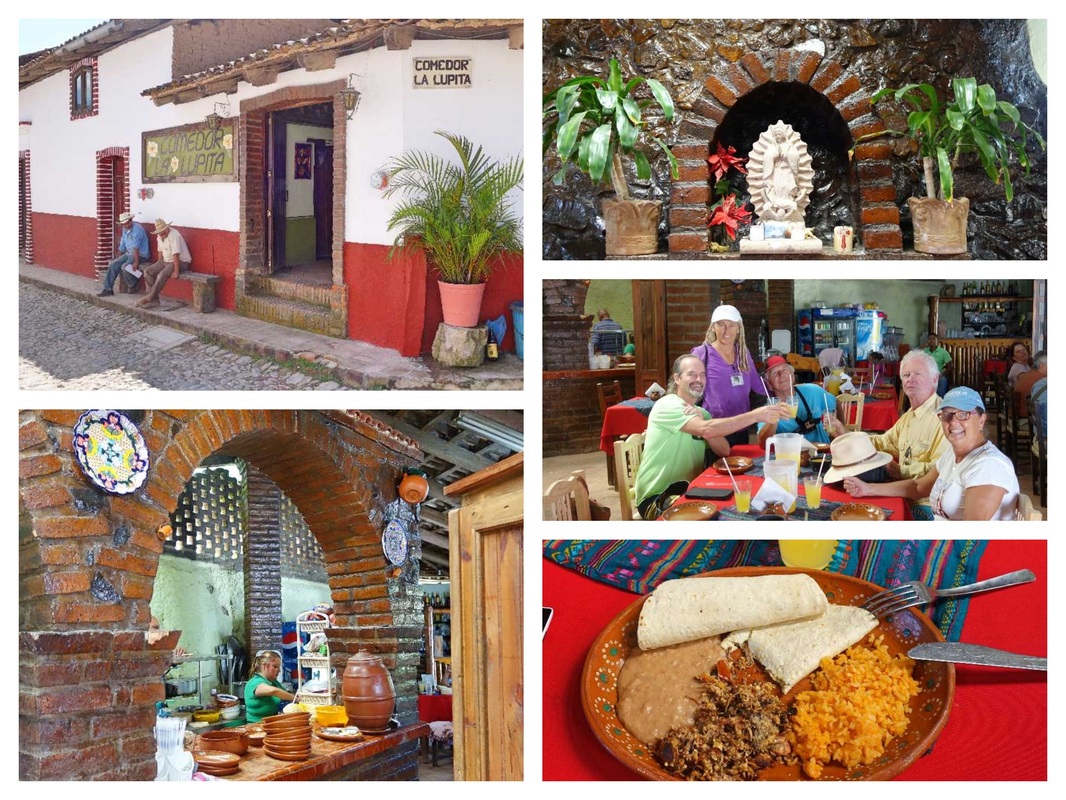
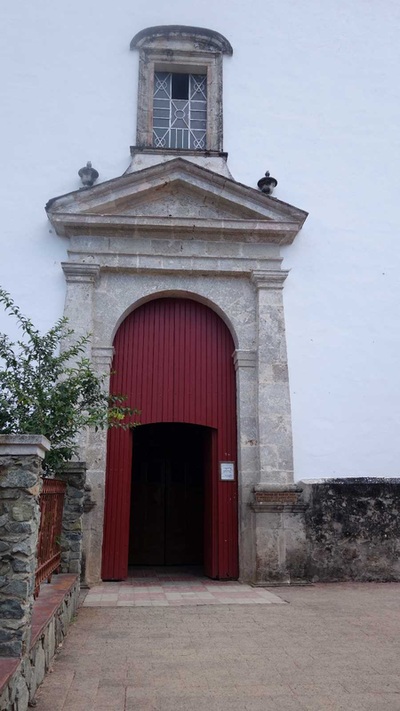
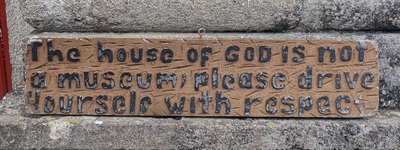
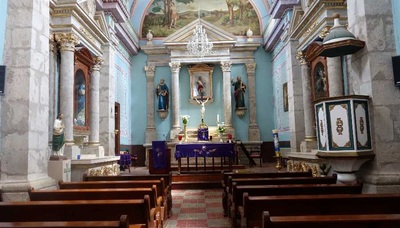
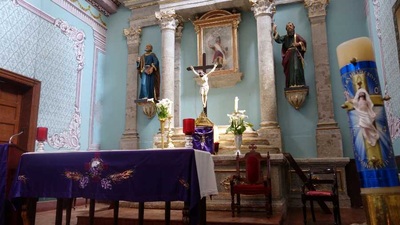
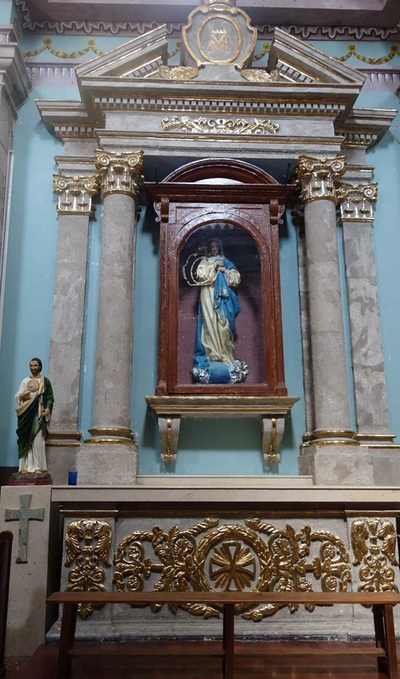
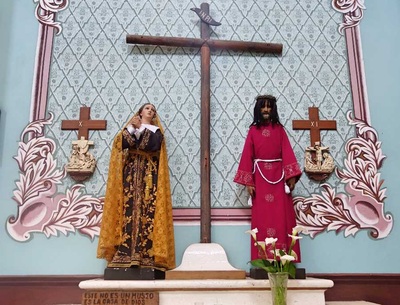
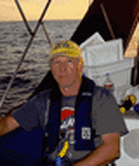
 RSS Feed
RSS Feed
